Maxima
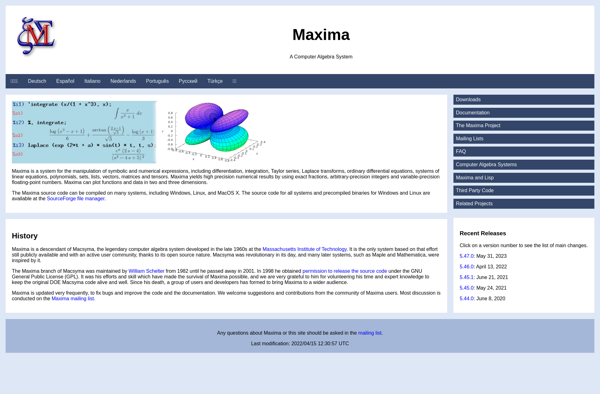
Maxima: Open-Source Computer Algebra System
Maxima is an open-source computer algebra system providing symbolic computation capabilities, manipulating mathematical expressions, differentiating and integrating functions, solving equations, working with matrices, graphs, and more for STEM fields like math, engineering, physics.
What is Maxima?
Maxima is a feature-rich open source computer algebra system that provides capabilities for symbolic computation and mathematical modeling. First released in 1968, Maxima descends from DOE Macsyma, one of the oldest such systems still in use and development today.
Some of the key features and capabilities of Maxima include:
- Symbolic manipulation of mathematical expressions containing variables, including algebraic simplification, expansion, factorization, substitution, equation solving, limits, summing series, integrals, derivatives, matrices, and more
- Extensive graphics and visualization capabilities for plotting 2D and 3D functions
- Programming language with control structures like conditionals and loops to build complex procedures and algorithms
- Large library of mathematical functions for statistics, linear algebra, calculus, complex numbers, and specialized math fields
- Import/export of data and expressions to/from other formats like MathML and LaTeX
- Command line interface as well as GUIs available for easier use
Maxima is implemented in Common Lisp and runs on all major computing platforms like Windows, macOS, and Linux. It can be used as a standalone program or called from other languages. Key user communities include mathematics and physics education as well as engineering fields.
While not as full-featured as proprietary alternatives like Mathematica or Maple, Maxima provides extensive math capabilities for free that make it appealing for students, educators, scientists, and engineers looking to automate and assist with mathematical computations and problem solving.
Maxima Features
Features
- Symbolic manipulation of mathematical expressions
- Numerical computations
- 2D/3D plotting and visualization
- Solving equations and systems of equations
- Matrix operations
- Integration and differentiation
- Taylor series expansions
- Laplace and Fourier transforms
- Probability and statistics functions
- Unit conversions
Pricing
- Open Source
Pros
Cons
Official Links
Reviews & Ratings
Login to ReviewThe Best Maxima Alternatives
Top Education & Reference and Math & Science and other similar apps like Maxima
Here are some alternatives to Maxima:
Suggest an alternative ❐Julia
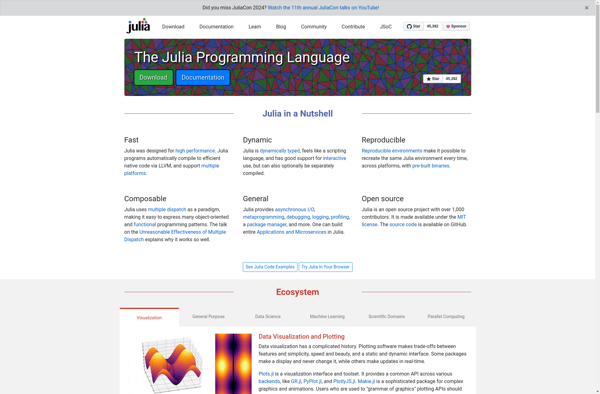
PTC Mathcad
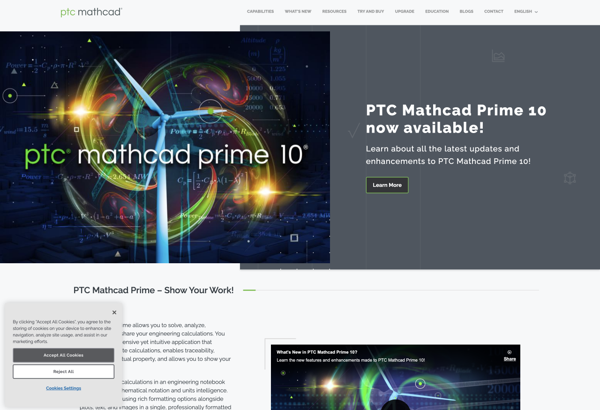
Mathematica
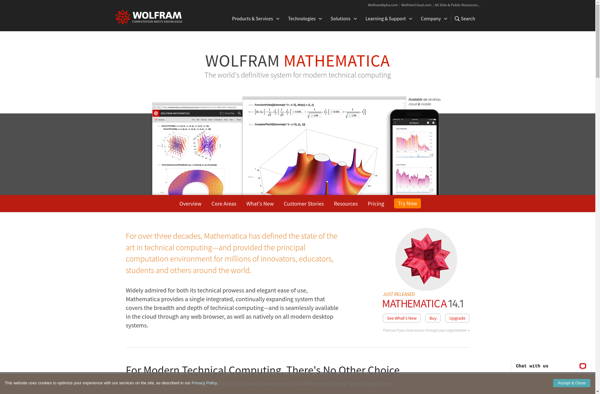
MATLAB
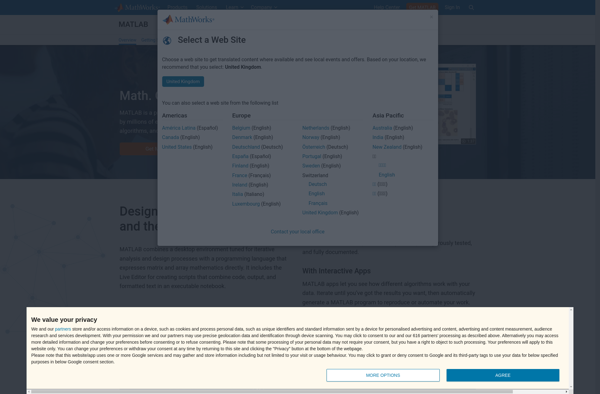
Maple
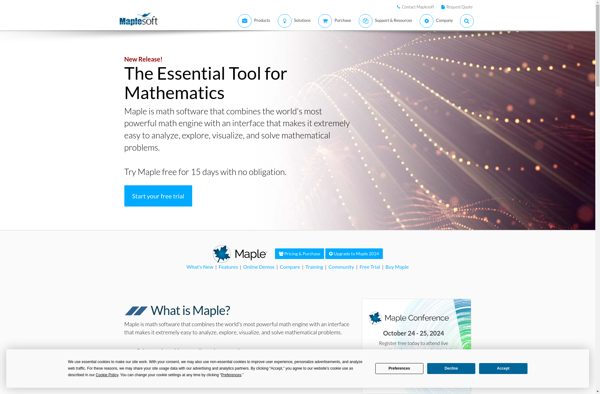
Derive
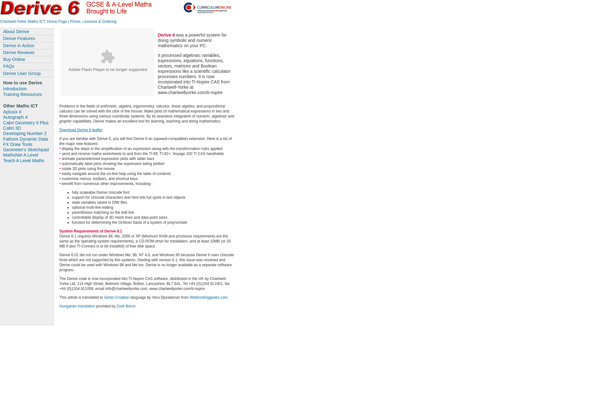
NumeRe

Ascend

SageMath
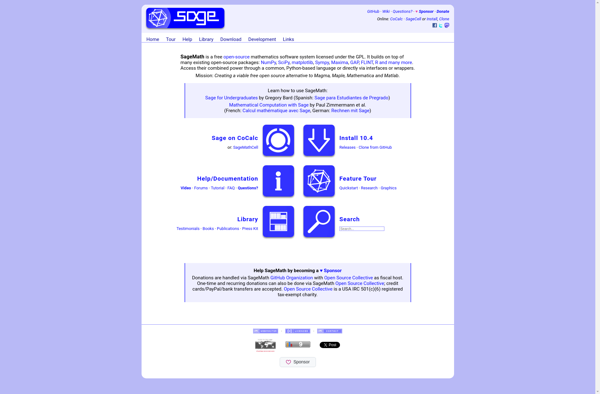
WxMaxima
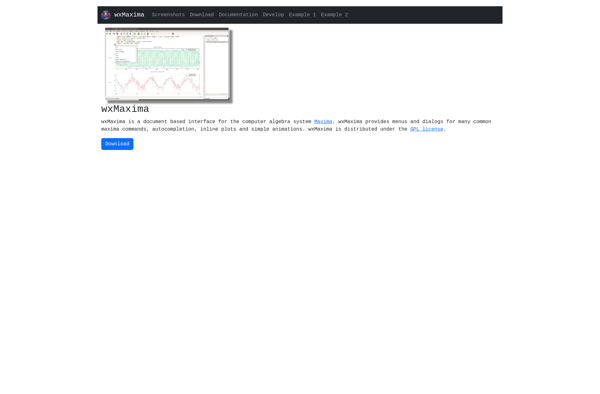
OpenAxiom

WordMat
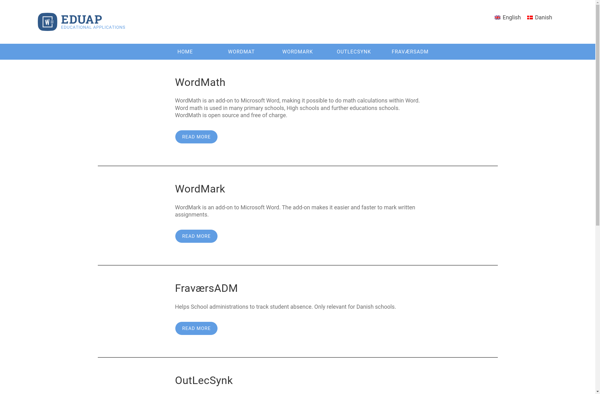
FxSolver

SymPy

Calcpad

MathStudio
FriCAS

VisSim
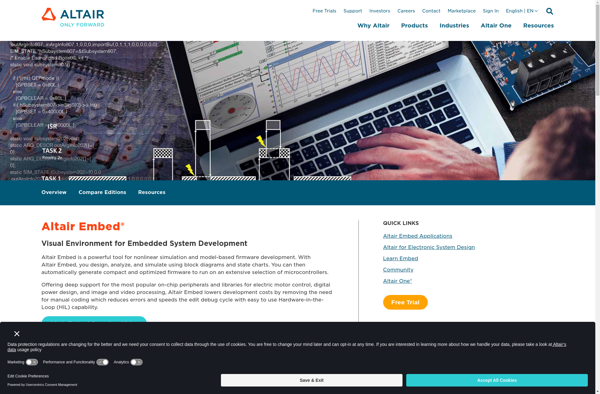
Cadabra
GiNaC
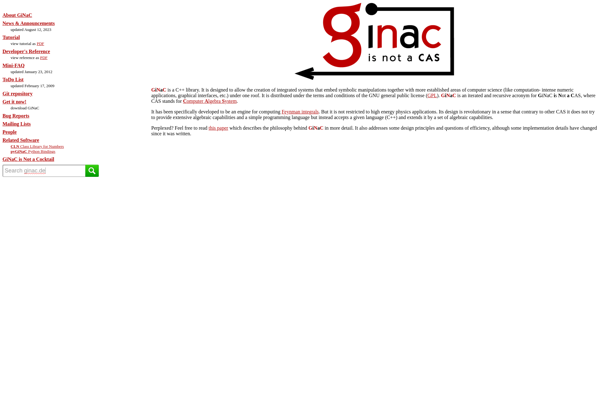
Function Analyzer

Yacas

MathJournal
Mathomatic
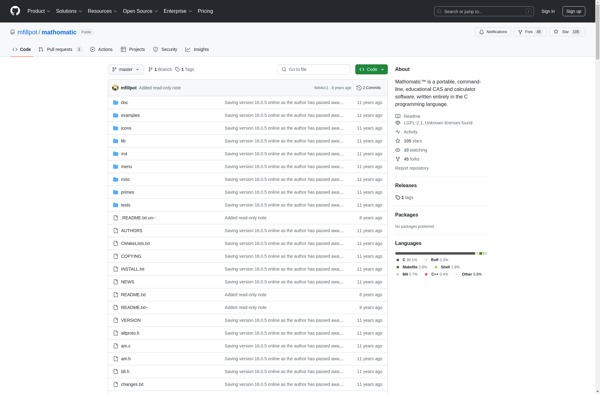
FormulaDesk Math
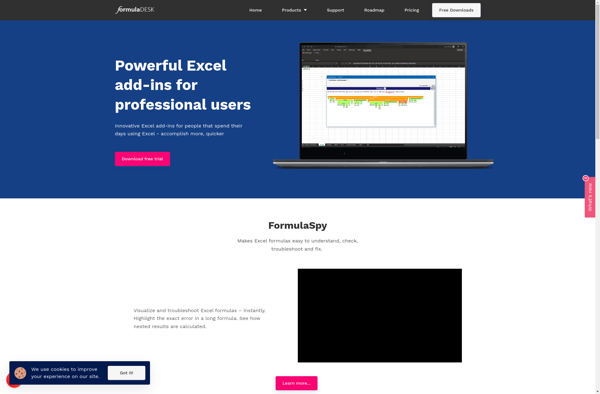
GAP
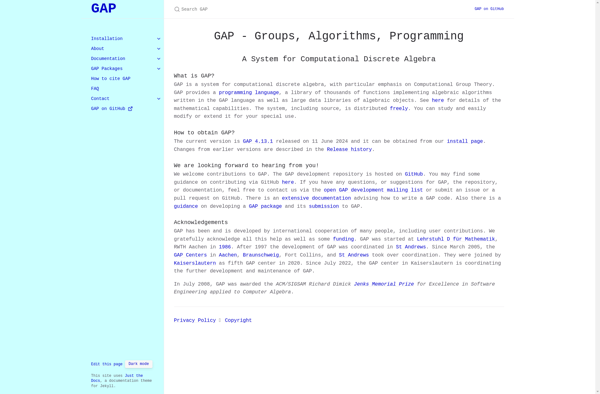
SymbolicC++
